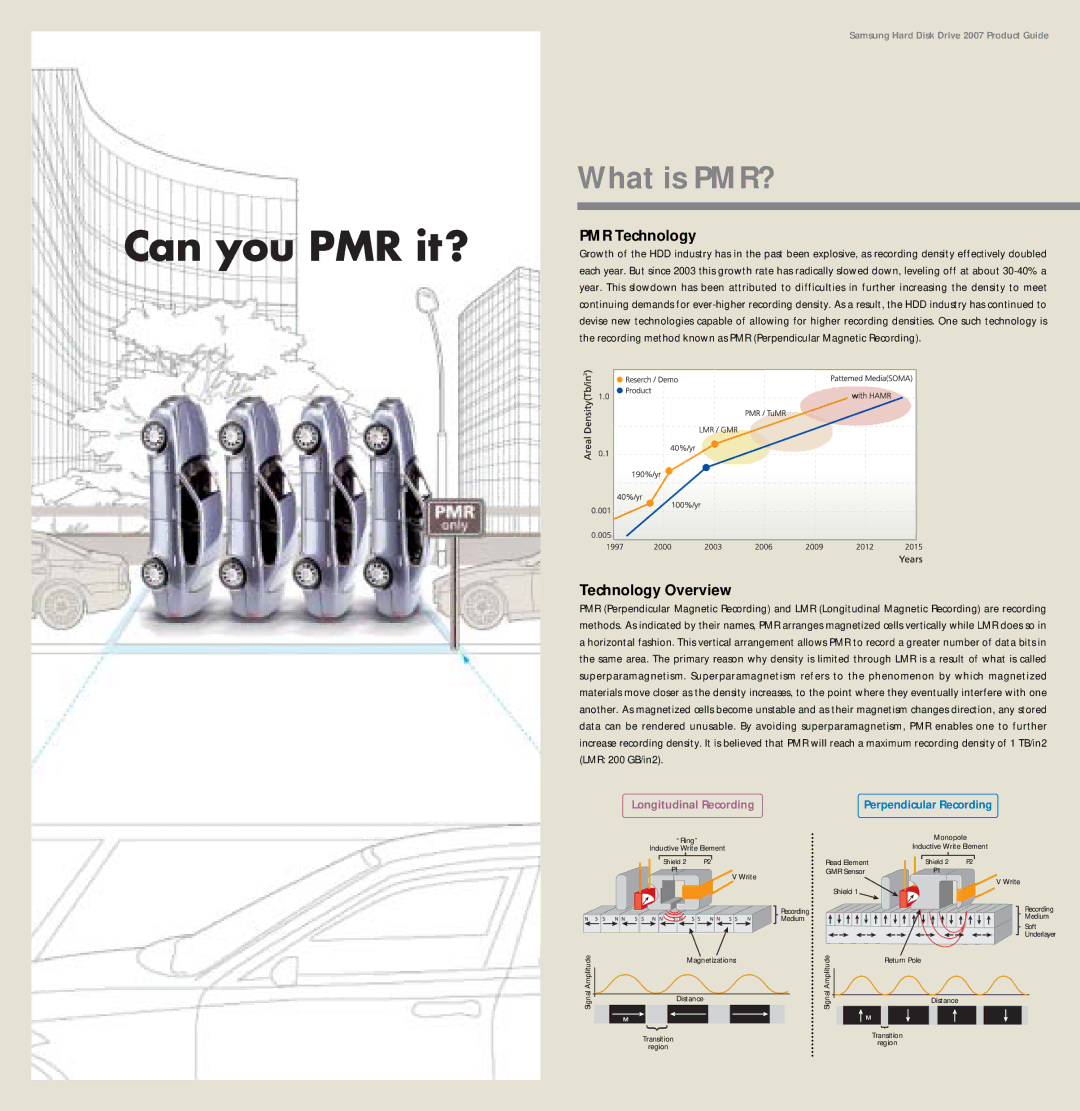HM120JI, HD501LJ, HD403LJ, HM060HC, HD402LJ specifications
The Samsung MP0402H, HD500LJ, HM040HI, SP2004C, and HD401LJ are notable hard disk drives (HDDs) that emphasize Samsung's commitment to storage technology and performance. Each of these models has unique features catering to various user needs ranging from personal computing to enterprise solutions.The Samsung MP0402H is a 40 GB hard drive that operates at a spindle speed of 5400 RPM, making it suitable for entry-level laptops and desktops. It employs a SATA interface, which facilitates faster data transfer rates compared to older IDE connections. With its compact 2.5-inch form factor, it offers a balance of size and performance, making it a reliable choice for consumer electronics.
On the other hand, the HD500LJ is designed with higher storage capacity in mind. This 500 GB drive uses a 7200 RPM spindle speed, significantly improving data retrieval times. It is also equipped with a Serial ATA interface, providing enhanced bandwidth and efficiency. This model is ideal for those requiring ample storage for multimedia files or applications, while maintaining robust performance.
The HM040HI reflects Samsung's ongoing innovation with a 40 GB capacity and features similar characteristics to the MP0402H. This HDD is also a 5400 RPM drive, ensuring energy efficiency, which is essential for portable devices. Its low power consumption enhances battery life in laptops, making it a preferred option for mobile users.
The SP2004C further expands on this range with a capacity of 200 GB. Its 7200 RPM speed allows for quick data access, which is especially beneficial for gaming and high-performance applications. This model also maintains a 3.5-inch form factor, suitable for desktop systems, and uses an SATA interface for optimal connectivity and speed.
Lastly, the HD401LJ offers an impressive 400 GB of storage with the same high-performance 7200 RPM speed characteristic of the HD500LJ and SP2004C. Its design caters to users requiring a blend of space and performance, making it appropriate for both creative professionals and average consumers alike.
In summary, these five Samsung HDD models showcase advances in storage technology, offering a range of capacities and speeds. Their combination of SATA interfaces, varying spindle speeds, and form factors ensures there is an option for everyone, from casual users to professional environments. Samsung continues to be a contender in the storage market, marries performance with reliability across its product lineup.

